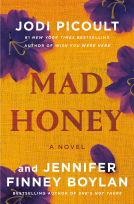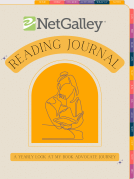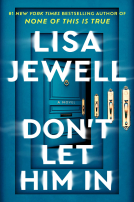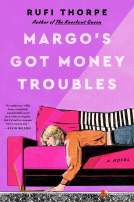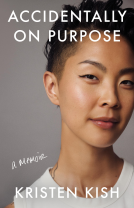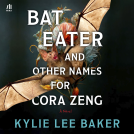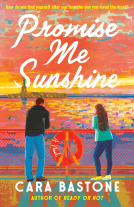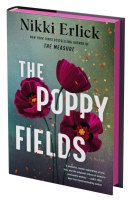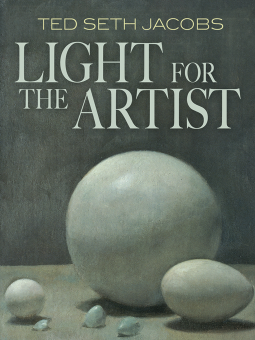
Light for the Artist
by Ted Seth Jacobs
This title was previously available on NetGalley and is now archived.
Send NetGalley books directly to your Kindle or Kindle app
1
To read on a Kindle or Kindle app, please add kindle@netgalley.com as an approved email address to receive files in your Amazon account. Click here for step-by-step instructions.
2
Also find your Kindle email address within your Amazon account, and enter it here.
Pub Date Feb 20 2014 | Archive Date Jul 30 2014
Description
Lavishly illustrated with diagrams and paintings, this volume applies its principles to figure, still life, and landscape paintings. Author Ted Seth Jacobs stresses the importance of comparing real-life vision to the canvas, since no system of rules can substitute for close and careful observation. Jacobs points out common errors, suggests light effects that artists should keep in mind, and discusses how preconceptions can be put aside in order to see the world more clearly.
Available Editions
| EDITION | Paperback |
| ISBN | 9780486493046 |
| PRICE | $19.95 (USD) |
Featured Reviews
Light For the Artist is a short 100 or so pages that packs in a lot of information. It's the type of read that feels like it was written by an educator/professor and for students: lacking in friendly tones and densely worded, it can be fairly inscrutable. But that isn't to say there isn't useful information in here; certainly, mastering light is arguably the most important discipline of a painter.
The book isn't about technique nor style. Rather, the author is careful to note that it is about explaining light in detail so the artist can use that to make their own work more sophisticated. The book is broken down into three sections: (1) Symbolism and Perception: Word Versus Light. (2) The Nature of Light: It's Structure Action, And Effects. (3) Toward a Philosophy of Perception. Within those sections, subjects include directional quality of light, light moving through space, orchestrating light effects, stripping away preconceptions, foreshortening of light, multiple light sources, light on shiny surfaces, light as the teacher, and more.
The book is thorough in its approach to light but honestly it does read like a physics textbook - very dry and you have to reread a lot in order to understand the points presented. That isn't to say that we're dealing with hard physics here; there are no prisms, light spectrum, wavelengths, or any of those concepts. But what is discussed is done in a very dry, impenetrable, and blocky way. I found myself rereading a lot.
Most, if not all, of the images in the book are from the author. That was a bit problematic to me in a book that purports in the very beginning to not be about one style. In order to really make the points work, I would have liked to see all kinds of examples from different artists and especially different eras. Most of the author's works are from 1960-1980, and of naked women, with a few still life and landscapes thrown in to break up the monotony, so the endless repetition of T&A (tasteful though it is) isn't as useful as variety could be. Especially since those images aren't references to the points of that chapters and seem to be randomly thrown in for filler.
The author does a great job of presenting examples of how light interpretation can be done incorrectly or correctly. I found those images the most useful; side by side comparisons of the same image, one stronger and one weaker. But there simply weren't enough and so I'd end up having to reread and reread to understand the concepts. I also wish there were photographs of the scene to use as a reference to see how the author was interpreting the actual light. It seems too narrow a focus to see only through the author's eyes with his finished works. Even better, I would have loved to see a scene's lighting painted several different ways by different artists.
There were other odd contributions by the author - randomly quoting Sanskrit or calling our sun "Aton". In a straightforward, academic-feeling book, those odd inclusions made the concepts within feel less academic and more like a hippy acid trip of nebulous ideas. Had a balance between the two (academic vs new age) been achieved, it would have made for an excellent, modern, straightforward, and very useful reference. As it is, this is a good book that you'll want to take to the park and reread sections at leisure so you can figure them out.
Reviewed from an ARC.
 Karen R, Reviewer
Karen R, Reviewer
A very good study of light in the reasoning of relationship in art. This book has many fine examples of classic art to show the merits of right light usage in art.
Readers who liked this book also liked:
Jodi Picoult; Jennifer Finney Boylan
General Fiction (Adult), Literary Fiction, Women's Fiction

